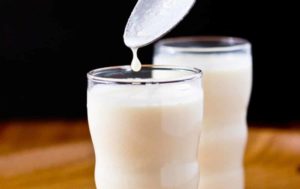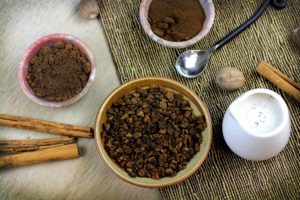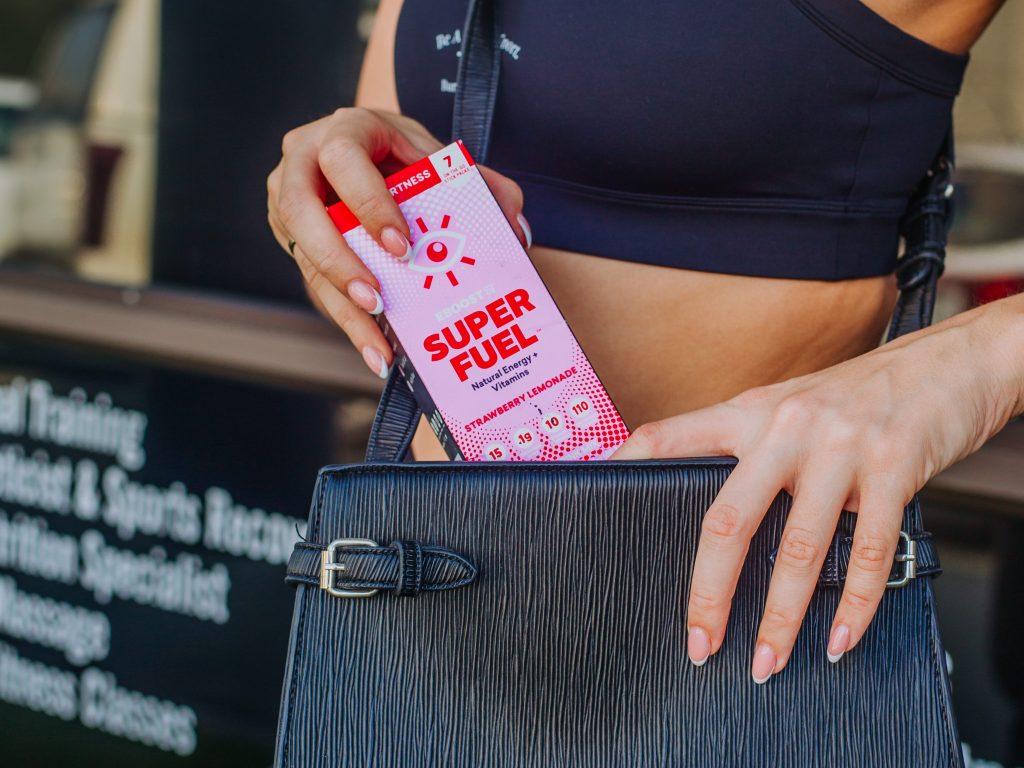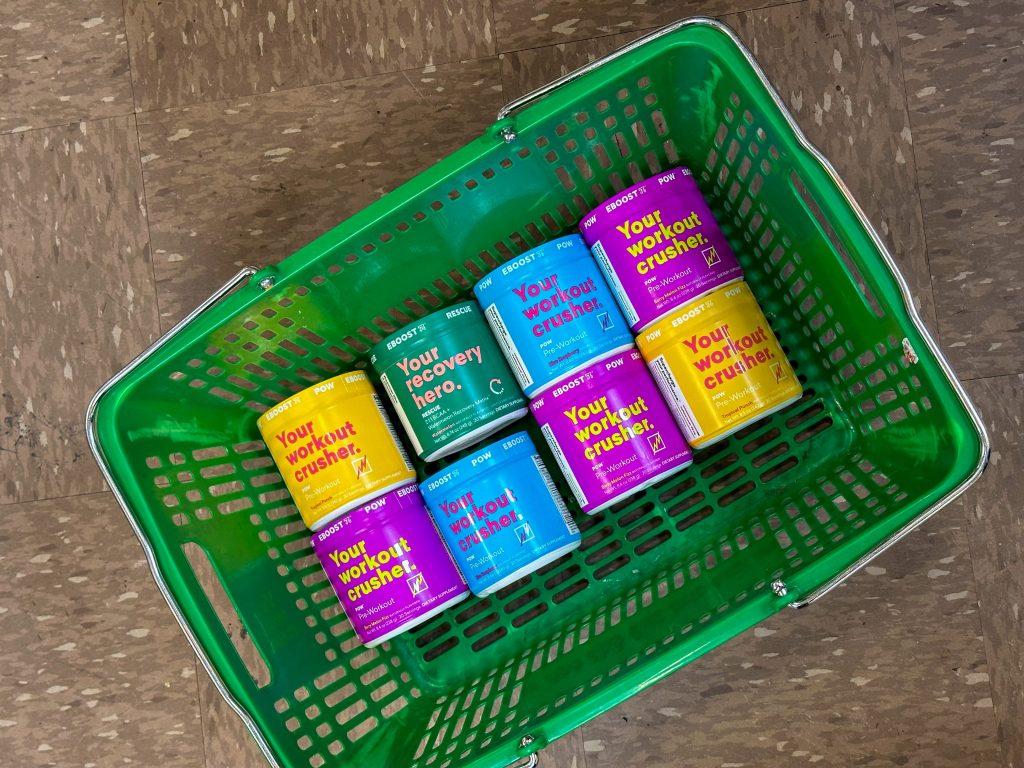Probiotics – they have been a buzzword in the health industry for the past few years, but what the heck are prebiotics? They both sound very familiar with one another, which if we learned anything in middle school about prefixes, leads us to believe that a prebiotic would come before a probiotic. Pre – meaning ‘before’ and Pro – meaning ‘in favor’. So we have a prebiotic that comes before a probiotic and a probiotic that is being in favor of a ‘biotic’. Got it? Ha – let’s dive into the specifics.
The difference between a prebiotic and a probiotic can be pretty simple. Prebiotics are non-living and non-digestible – they are in the form of fiber and feed probiotics. Probiotics are friendly microorganisms that aid in digestion and offer additional health benefits. A probiotic is bacteria that resides in our intestinal tracts. Our body cannot digest fiber but probiotics do – probiotics eat prebiotics to keep them healthy and doing their job in our bodies. Having healthy probiotics in our bodies lead to happy guts.
Products on the shelves today are celebrated by being probiotic friendly with little information available on prebiotics. I think we pay a lot of attention to probiotics without knowing, until now, to pay attention to providing our bodies with prebiotic sources too. To take the guessing game out of the equation for you – we added prebiotics into Spruce. But in case you were still curious, according to Fooducate, here is a list of foods that are great sources for probiotics and prebiotics.
yogurt, kefir, kombucha, aged cheese, sauerkraut kimchi and other pickled versions of veggies, sourdough bread, miso, tempeh…
raw chicory root, raw dandelion greens, raw garlic, raw leeks, raw or cooked onions, whole wheat, fruits, vegetables, legumes…







